Here's a handy little gaget to help design your new front suspension.
Most helpfull for setting the numbers to control the camber with chassis roll, and putting the roll centers in a good position.
Not much in the instruction front, but if you play with it enough, you'll figure it out.
You'll also see why parallel control arms are not the best for handling. As in the Stude design, also in the "basic" chassis setup you'll get from most of the chassis builder..."kit"...chassis or clips. You'll see why you need a custom (if you will) suspension setup with real numbers to the chassis company, so they can provide you with a more proper suspension design.
Mike
Most helpfull for setting the numbers to control the camber with chassis roll, and putting the roll centers in a good position.
Not much in the instruction front, but if you play with it enough, you'll figure it out.
You'll also see why parallel control arms are not the best for handling. As in the Stude design, also in the "basic" chassis setup you'll get from most of the chassis builder..."kit"...chassis or clips. You'll see why you need a custom (if you will) suspension setup with real numbers to the chassis company, so they can provide you with a more proper suspension design.
Mike


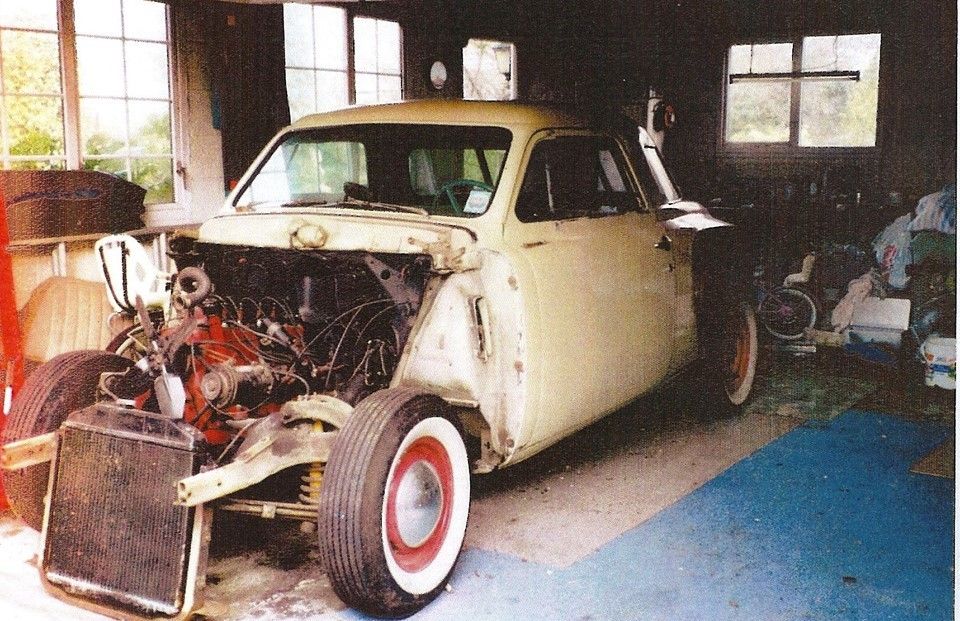

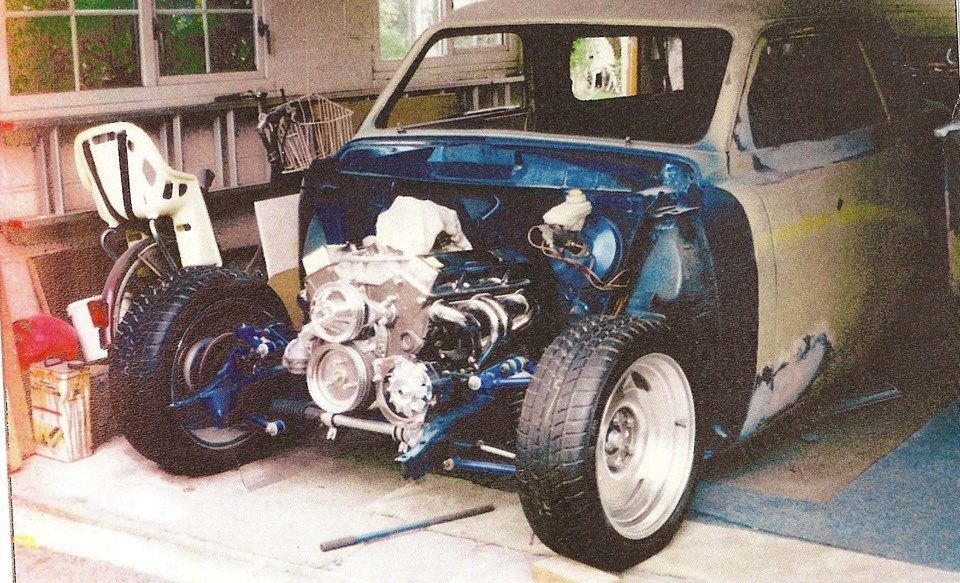
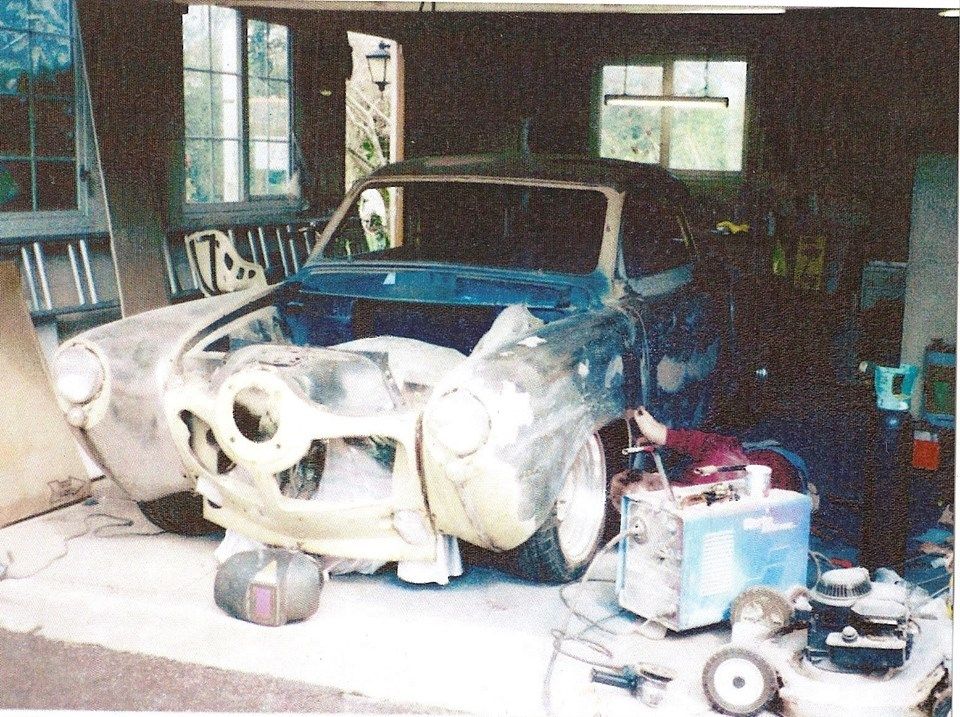



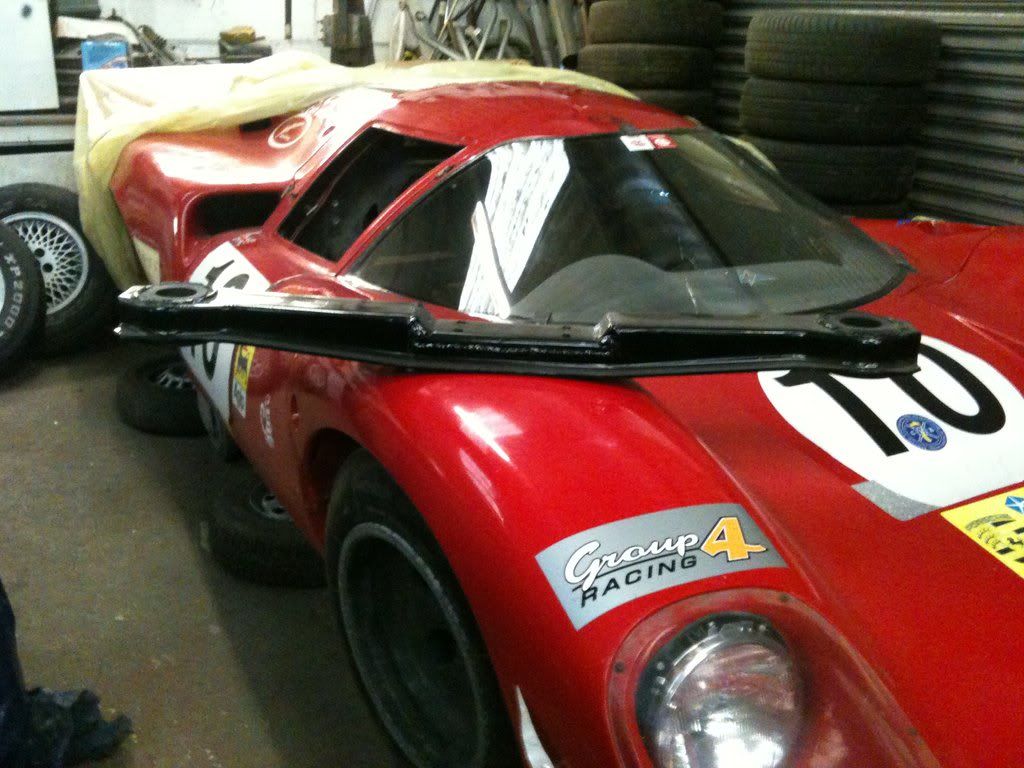

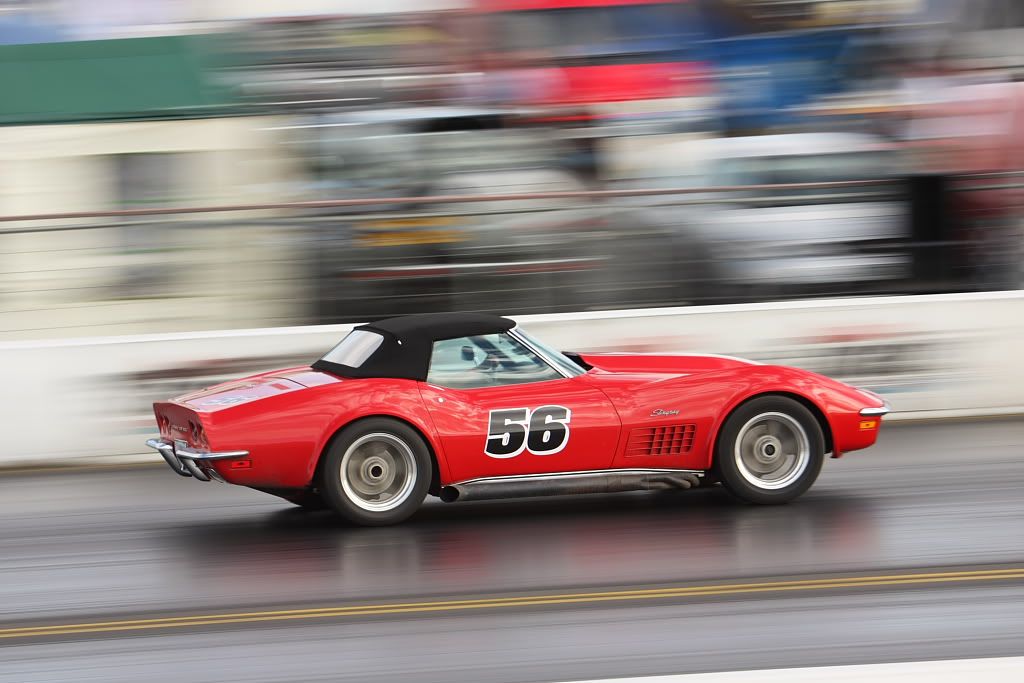

Comment